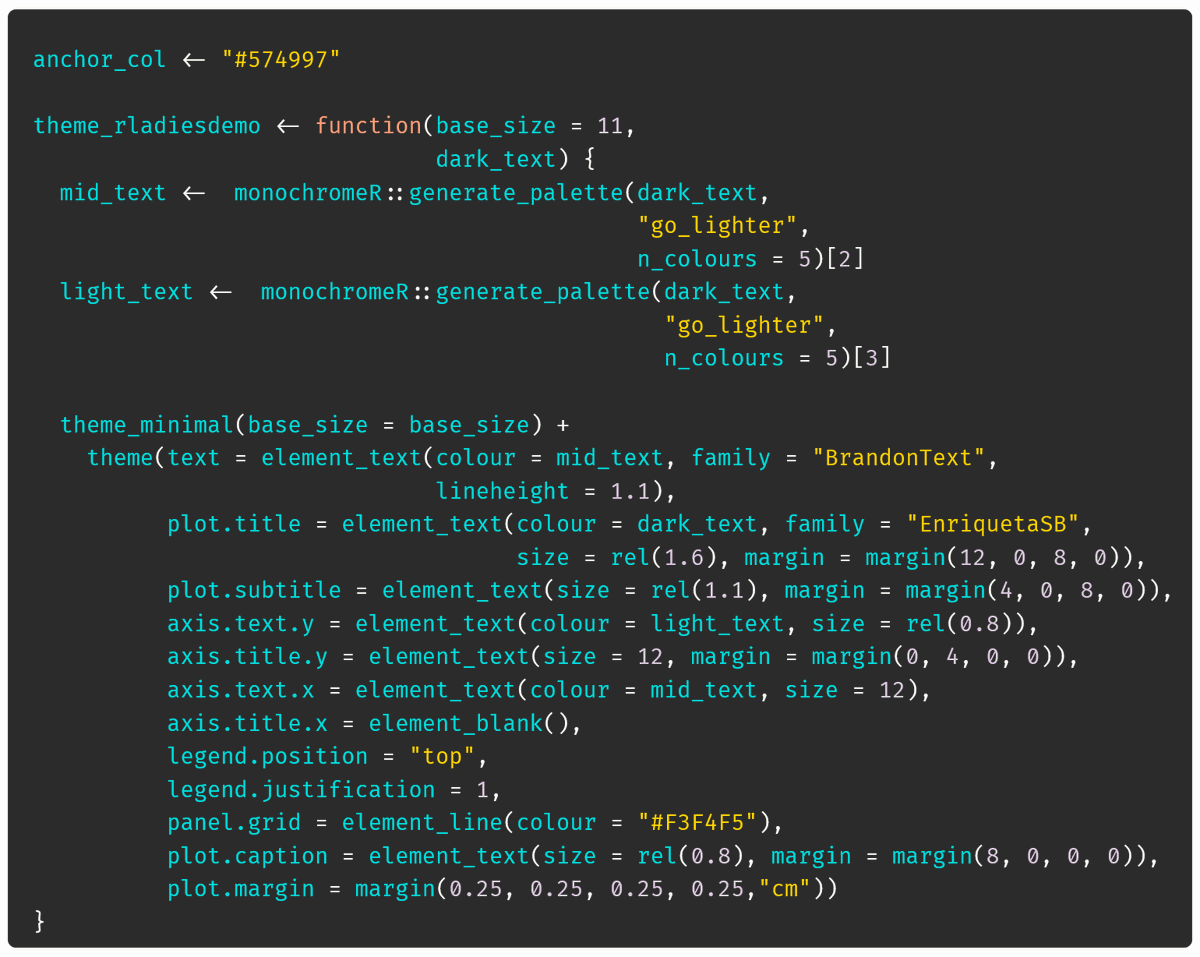📢 Results for yesterday's poll are in everyone! Thank you all for your participation! 🙏There is so much to talk about, so today, let's start discussing the first question: why have you not tried programming yet? 🧐
🧵 1/6
🧵 1/6

Most often (43%), the reason to not learn coding is lack of time. Uff! Having no time is always an issue, trust me! There will never be enough time to do all the things we want
🧵 2/6
🧵 2/6
But I do think that if there is something that you are interested in, not necessarily learning how to code, there will always be some time here and there to spare
🧵 2.1/6
🧵 2.1/6
I am no time manager guru to be honest 😅, but things that have helped me are to set specific slots to do certain activities that I really want to learn.. The most important thing for me is that they are not a burden but somethign I look forward to! What works for you?
🧵 2.2/6
🧵 2.2/6
Next answer: 28% referred to a lack of technical background... this option reminds me of a friend of mine. She is a literature masters student and considers herself not comfortable with computers in general
🧵 3/6
🧵 3/6
But, she is fascinated by the things one can do, so she decided to join a short intro to Python course. I can only tell you she looked so excited when telling me about how she managed to print 'Hello, world!' to a console that I wanted to hug her tight!
🧵 3.1/6
🧵 3.1/6
This story will not end in 'now she is the core developer of numpy', or something like this, but it does end with her feeling very proud of herself for writing her first piece of software! And me proud of her!
🧵 3.2/6
🧵 3.2/6
So, give yourself a chance, you never now what can come out of some very simple lessons. Once you get the hang of it, you'll be unstopabble!
🧵 3.3/6
🧵 3.3/6
Moving on, I was surprised to see that no one mentioned not being interested in coding. I have the feeling my sample is a bit biased 😅, but it is really nice to see the enthusiasm!
🧵 4/6
🧵 4/6
Last option was other reasons. Here I had only one comment with an explanation, saying other people in their team can code faster and better. I can say for my personal experience, I used to have this view as well.
🧵 5/6
🧵 5/6
https://twitter.com/carlescouso/status/1467919719885901836
However, learning to code helped me to be in control of my analysis and also understand what the rest is doing, by reading their code. It is not about being the better coder, but to be able to keep up with the things that happen in the background
🧵 5.1/6
🧵 5.1/6
What motivated you all to start coding? Any other tips for people who are interested but have no time / technical background / motivation?
🧵 6/6
🧵 6/6
• • •
Missing some Tweet in this thread? You can try to
force a refresh


























